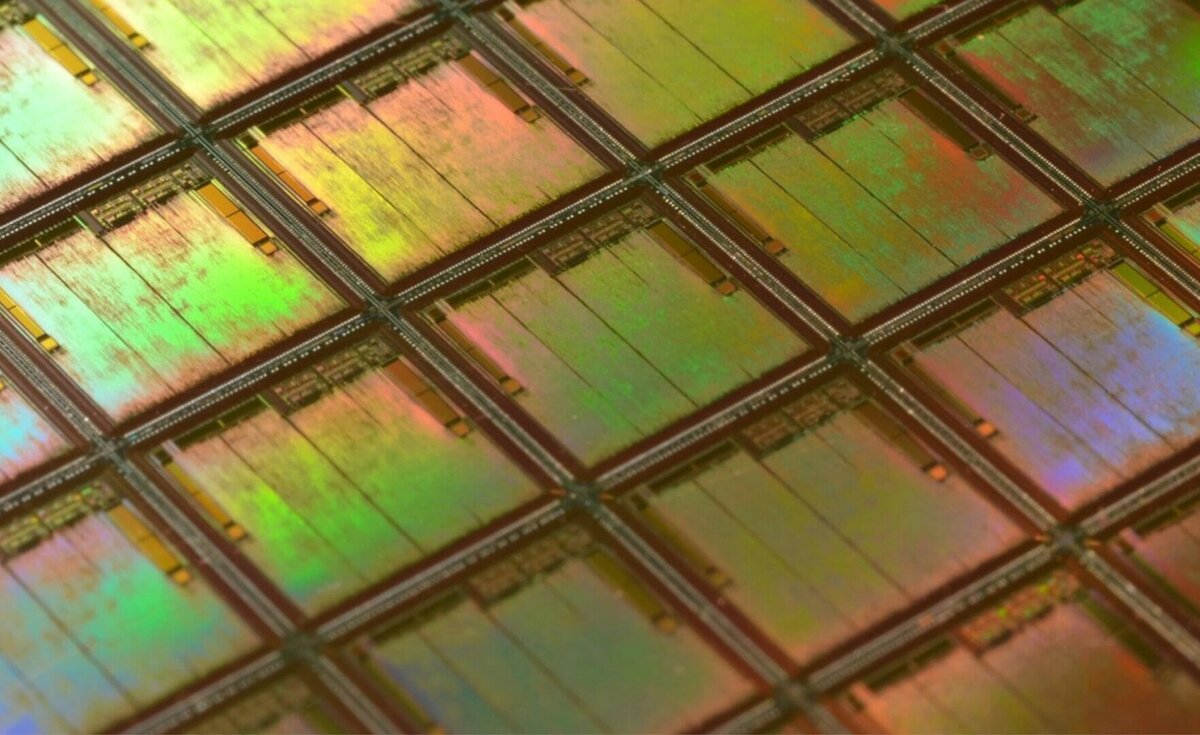~ Graphene Flagship devises new fabrication method for telecom and datacom technologies ~
Our world needs reliable telecommunications more than ever before. However, classic devices have limitations in terms of size and cost and, especially, power consumption that is directly related to greenhouse emissions. Here, Francesco Bonaccorso, deputy head of innovation of the Graphene Flagship, explains how a new technology could change this — and also transform the future of broadband.
It’s estimated that, by 2023, the world will see over 28 billion connected devices — and most of which will require 5G. These challenging requirements will demand new technologies. While silicon and germanium alone have limitations, graphene provides many advantages.
This is why Graphene Flagship researchers have devised a wafer-scale fabrication technology. Based on predetermined graphene single-crystal templates, the technology can be integrated into silicon wafers and could support both automation and large-scale production.
The Graphene Flagship fosters collaboration between academia and leading industries. Together, they develop high-technology readiness level prototypes and products until they can reach market exploitation.
As with other Graphene Flagship Spearhead Projects, such as Metrograph, the Wafer-scale Integration Work Package counted on the participation of several partner institutions.
They included the National Inter-University Consortium for Telecommunications (CNIT) and the Istituto Italiano di Tecnologia (IIT), both in Italy. Also involved were the Cambridge Graphene Centre at the University of Cambridge, UK, and CamGraphIC, an Associate Member and spin-off of the Graphene Flagship.
In addition, INPHOTEC, a Graphene Flagship-linked third party, and researchers at Italy’s Tecip Institute fabricated the graphene photonics’ integrated circuits.
“Traditionally, when aiming at wafer-scale integration, one grows a wafer-sized layer of graphene and then transfer it onto silicon,” explains Camilla Coletti, coordinator of the IIT’s Graphene Labs, which also co-led the study.
“Transferring an atom-thick layer of graphene over wafers, while maintaining its integrity and quality, is challenging,” she adds. “The crystal seeding, growth and transfer technique adopted in this work ensures wafer-scale high-mobility graphene — exactly where it’s needed. This is a great advantage for the scalable fabrication of photonic devices, like modulators.”
“This methodology allows us to obtain over 12,000 graphene crystals in one wafer, matching the exact configuration and disposition we need for graphene-enabled photonic devices, says Marco Romagnoli of CNIT, INPHOTEC and CamGraphIC.
The process is compatible with existing automated fabrication systems, which should accelerate its industrial uptake and implementation.
“This is the first time that high-quality graphene has been integrated on the wafer-scale,” explains Frank Koppens, Graphene Flagship leader for photonics and optoelectronics.
“The work shows direct relevance by revealing high-yield and high-speed absorption modulators. These impressive achievements bring commercialisation of graphene devices into 5G communications very close.”
Reduced power consumption
Graphene-enabled photonic devices offer several advantages. They absorb light from ultraviolet to the far-infrared — this allows for ultra-broadband communications. Graphene devices can have ultra-high mobility of carriers — electrons and holes — enabling data transmission that exceeds the best performing ethernet networks, breaking the barrier of 100 gigabits per second.
Reducing the energetic demands of telecom and datacom is fundamental to more sustainable solutions. At present, Information and communication technologies are responsible for almost four per cent of all greenhouse emissions, comparable to the carbon footprint of the airline industry, and are projected to increase to around 14 per cent by 2040.
“In graphene, almost all the energy of light can be converted into electric signals, which massively reduces power consumption and maximises efficiency,” adds Romagnoli.
As reported in Nature Communications, the project’s partner institutions were joined by researchers at Nokia to demonstrate a practical implementation of the technology.
“We used our technique to design high-speed graphene photodetectors,” explains Coletti. “Together, these advances will accelerate the commercial implementation of graphene-based photonic devices.”
“This work is a major milestone for the Graphene Flagship,” adds Andrea C. Ferrari, science and technology officer of the Graphene Flagship and chair of its Management Panel. “A close collaboration between academic and industrial partners has finally developed a wafer-scale process for graphene integration. The Graphene Foundry is no more a distant goal, but it starts today.”





